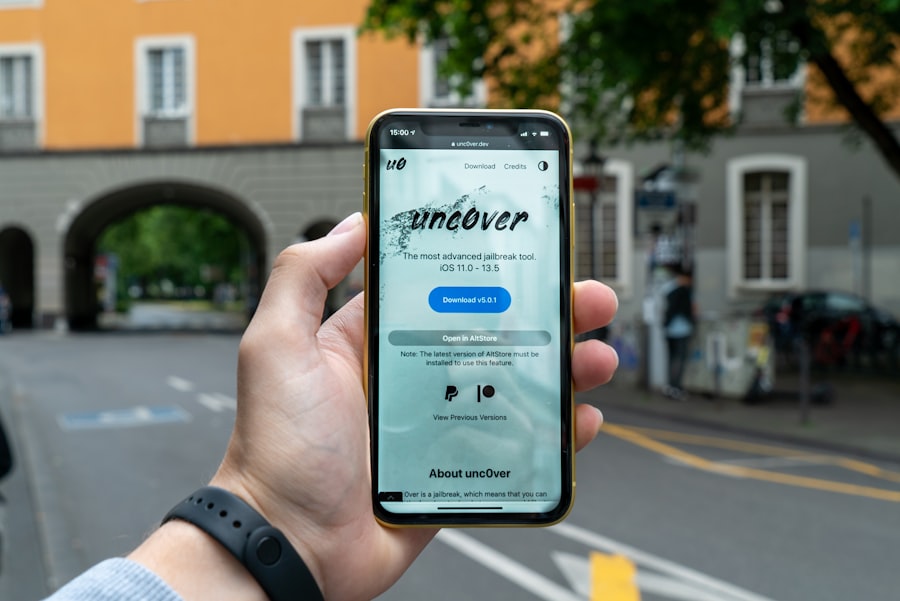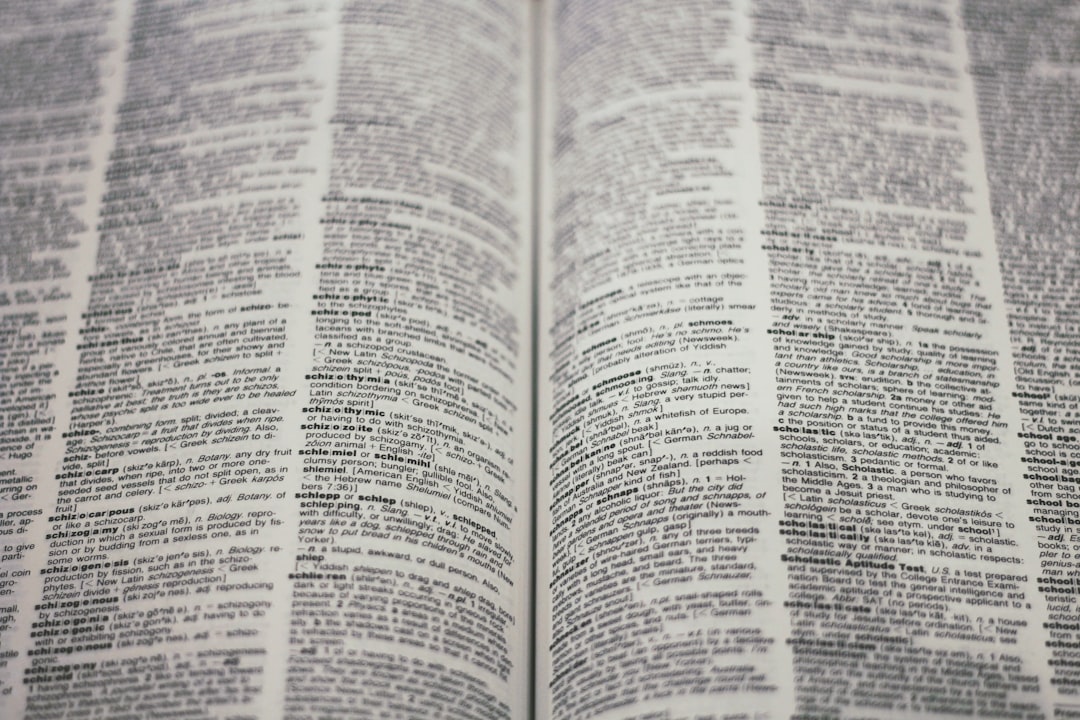In an increasingly interconnected world, the ability to communicate across language barriers has never been more crucial. As businesses expand their reach into international markets, the demand for effective communication in multiple languages has surged. Automated translation plays a pivotal role in facilitating this communication, allowing individuals and organizations to share ideas, products, and services without the constraints of language.
This technology not only enhances accessibility but also fosters cultural exchange, enabling people from diverse backgrounds to engage with one another more easily. Moreover, the significance of automated translation extends beyond mere convenience; it is a vital tool for diplomacy, education, and global collaboration.
As we navigate complex global challenges such as climate change, public health crises, and economic disparities, automated translation serves as a bridge that connects people and ideas, ultimately contributing to a more harmonious world.
Key Takeaways
- Automated translation is crucial in a globalized world to facilitate communication across different languages and cultures.
- AI is revolutionizing language translation by enabling faster, more accurate, and contextually relevant translations.
- Challenges in automated translation, such as idiomatic expressions and cultural nuances, are being overcome by AI through advanced algorithms and natural language processing.
- Machine learning plays a key role in improving automated translation by continuously learning from data and user feedback to enhance translation quality.
- Automated translation has a significant impact on businesses and communication by enabling global expansion, reaching new markets, and fostering international collaboration.
How AI is Revolutionizing Language Translation
Artificial intelligence has ushered in a new era for language translation, transforming the way we approach this complex task.
However, AI-powered translation tools leverage vast amounts of linguistic data and advanced algorithms to provide instant translations that are not only faster but also increasingly accurate.
This shift has made it possible for individuals and businesses to communicate seamlessly across languages, breaking down barriers that once seemed insurmountable. One of the most significant advancements in AI-driven translation is the development of neural machine translation (NMT). Unlike previous models that translated text word by word, NMT considers entire sentences and their context, resulting in translations that are more coherent and natural-sounding.
This technology has been adopted by major platforms such as Google Translate and Microsoft Translator, allowing users to experience translations that feel less mechanical and more human-like. As AI continues to evolve, we can expect even greater improvements in translation quality, making it an indispensable tool for global communication.
The Challenges of Automated Translation and How AI Overcomes Them

Despite the remarkable progress made in automated translation, several challenges remain. One of the primary issues is the complexity of language itself. Languages are rich with idioms, cultural references, and nuances that can be difficult for machines to interpret accurately.
For instance, a phrase that is common in one culture may not have a direct equivalent in another, leading to potential misunderstandings. Additionally, the subtleties of tone and context can be lost in translation, resulting in translations that may not convey the intended message. AI addresses these challenges through continuous learning and adaptation.
By utilizing vast datasets that include diverse linguistic examples, AI systems can better understand the intricacies of different languages. Machine learning algorithms analyze patterns in language use, allowing them to improve their translations over time. Furthermore, advancements in natural language processing (NLP) enable AI to grasp context more effectively, leading to translations that are not only accurate but also culturally relevant.
As these technologies continue to develop, we can anticipate a future where automated translation becomes increasingly reliable and nuanced.
The Role of Machine Learning in Improving Automated Translation
Machine learning is at the heart of many advancements in automated translation technology. By employing algorithms that learn from vast amounts of data, machine learning enables translation systems to refine their accuracy and efficiency continuously. These systems analyze millions of sentences across various languages, identifying patterns and correlations that inform their translations.
This process allows them to adapt to new linguistic trends and evolving language use, ensuring that translations remain relevant in a rapidly changing world. Moreover, machine learning facilitates the incorporation of user feedback into translation systems. When users provide corrections or suggestions for translations, these inputs can be used to train the algorithms further.
This iterative process not only enhances the quality of translations but also empowers users to contribute to the development of more effective tools. As machine learning continues to advance, we can expect automated translation systems to become even more sophisticated, capable of handling complex linguistic challenges with ease.
The Impact of Automated Translation on Business and Communication
The rise of automated translation has had a profound impact on business operations and communication strategies. Companies looking to expand their market presence can now easily localize their content for different regions without incurring the high costs associated with hiring professional translators for every piece of material. This democratization of language access allows businesses to reach wider audiences and engage with customers in their native languages, fostering stronger relationships and enhancing customer satisfaction.
Furthermore, automated translation has transformed internal communication within multinational organizations. Teams spread across different countries can collaborate more effectively when language barriers are minimized. Real-time translation tools enable employees to communicate seamlessly during meetings or through written correspondence, promoting inclusivity and collaboration.
As businesses continue to embrace globalization, automated translation will play an essential role in ensuring that communication remains fluid and effective across diverse teams.
Ethical Considerations in Automated Translation and AI

Addressing Bias in AI Algorithms
If the training data used to develop translation systems is skewed or unrepresentative of diverse linguistic communities, it can lead to translations that perpetuate stereotypes or misrepresent certain cultures. Ensuring that AI systems are trained on diverse datasets is crucial for promoting fairness and accuracy in automated translation.
Data Privacy and Security Concerns
Additionally, there are concerns about data privacy and security when using automated translation tools. Many platforms require users to input sensitive information or proprietary content for translation purposes. It is essential for companies and individuals to understand how their data is being used and stored by these services.
Transparency and Trust in Automated Translation
Transparency in data handling practices is vital for building trust between users and technology providers. As automated translation continues to evolve, addressing these ethical considerations will be paramount in ensuring responsible use of AI technologies. By prioritizing fairness, accuracy, and transparency, we can harness the potential of automated translation to promote cross-cultural understanding and communication.
Future of Automated Translation
Ultimately, the future of automated translation depends on our ability to address these ethical considerations and develop responsible AI technologies that prioritize the needs and values of diverse linguistic communities. By working together, we can create a more inclusive and equitable environment for automated translation to thrive.
The Future of Automated Translation: Advancements and Possibilities
Looking ahead, the future of automated translation holds exciting possibilities as technology continues to advance at a rapid pace. One area poised for growth is the integration of augmented reality (AR) and virtual reality (VR) with translation tools. Imagine attending a conference where real-time translations are displayed through AR glasses or participating in immersive VR experiences where language barriers are eliminated entirely.
Such innovations could revolutionize how we interact with different cultures and languages. Additionally, advancements in voice recognition technology will likely enhance spoken language translation capabilities. As AI systems become better at understanding natural speech patterns and accents, we can expect more accurate real-time translations during conversations or presentations.
This could have profound implications for international diplomacy, business negotiations, and cross-cultural interactions. The future of automated translation is bright, with endless possibilities for enhancing global communication.
Tips for Choosing the Right Automated Translation Tool for Your Needs
When selecting an automated translation tool, it’s essential to consider several factors to ensure it meets your specific needs. First and foremost, evaluate the languages supported by the tool; not all platforms offer comprehensive coverage for every language pair. If you frequently work with less common languages or dialects, ensure that your chosen tool can accommodate them effectively.
Another critical aspect is the quality of translations provided by the tool. Look for platforms that utilize advanced technologies like neural machine translation or those backed by reputable companies known for their linguistic expertise. User reviews and case studies can provide valuable insights into the effectiveness of different tools in real-world scenarios.
Additionally, consider the user interface and ease of use when selecting a translation tool. A user-friendly design can significantly enhance your experience and streamline your workflow. Finally, assess any additional features offered by the tool—such as integration with other software applications or collaboration capabilities—that may further enhance its utility for your specific requirements.
In conclusion, automated translation has become an indispensable component of our globalized world, driven by advancements in AI and machine learning technologies. While challenges remain, ongoing improvements promise a future where language barriers are increasingly diminished, fostering greater understanding and collaboration among people from diverse backgrounds. As we navigate this exciting landscape, it is essential to remain mindful of ethical considerations while embracing the transformative potential of automated translation tools.
In a recent article on community and culture in the metaverse, the importance of language barriers in virtual worlds is discussed. This article delves into the social dynamics of the metaverse and how language can impact interactions between users. It is a fascinating read that complements the discussion on the role of AI in breaking down language barriers for seamless communication in virtual environments.
FAQs
What is automated translation?
Automated translation refers to the use of technology, such as artificial intelligence and machine learning, to translate text or speech from one language to another without human intervention.
How does AI contribute to automated translation?
AI plays a crucial role in automated translation by using algorithms to analyze and understand the structure and context of the source language, and then generate accurate translations in the target language.
What are the benefits of using AI for automated translation?
AI-powered automated translation offers several benefits, including faster translation speed, improved accuracy, the ability to handle large volumes of content, and the ability to continuously learn and improve from new data.
What are the limitations of automated translation using AI?
Despite advancements in AI technology, automated translation still faces challenges in accurately capturing nuances, idiomatic expressions, and cultural context, which can result in less accurate translations.
How is AI being used in real-world applications for automated translation?
AI-powered automated translation is being used in various real-world applications, such as language translation apps, multilingual customer support, global business communications, and content localization for websites and software.











Leave a Reply